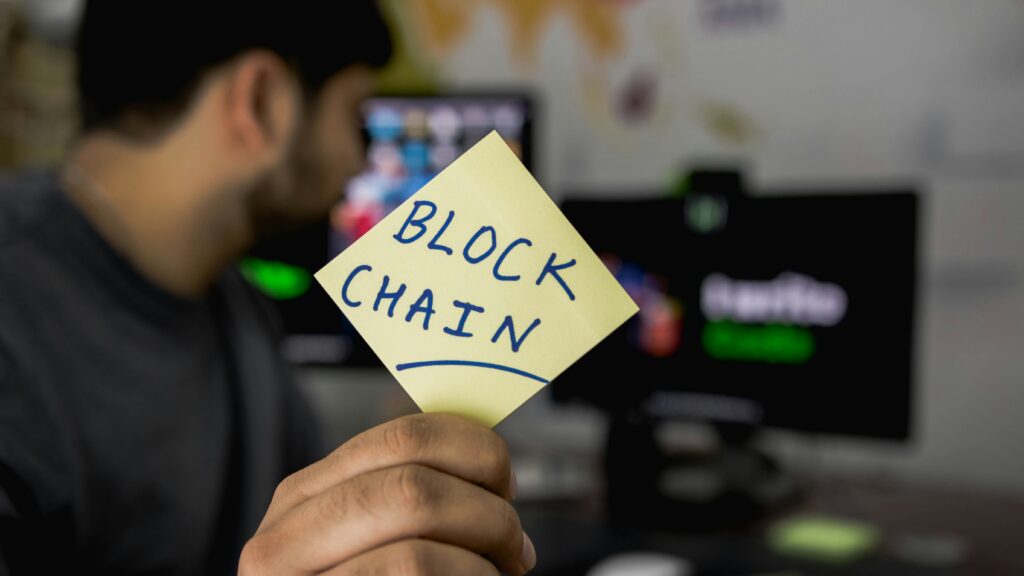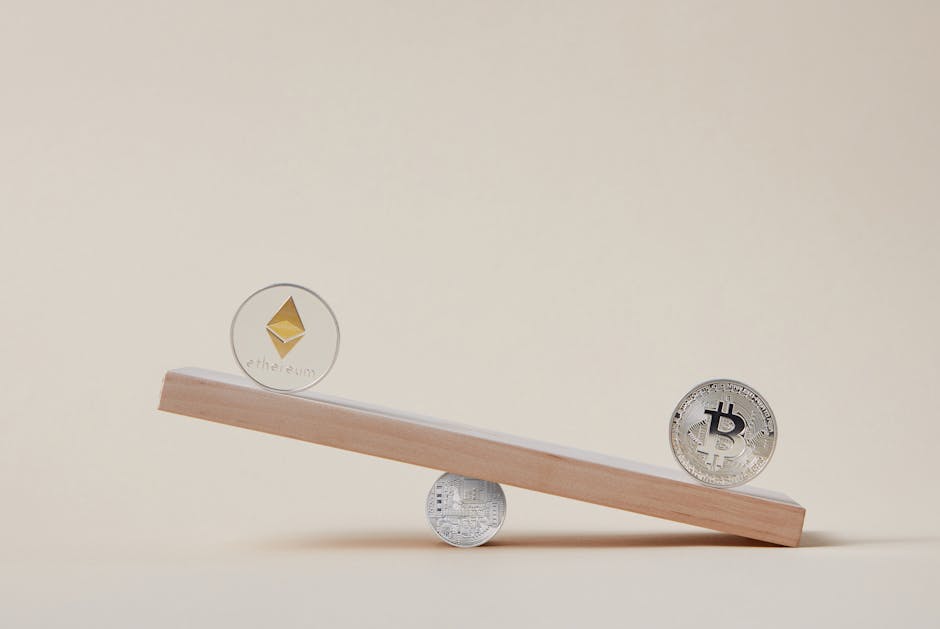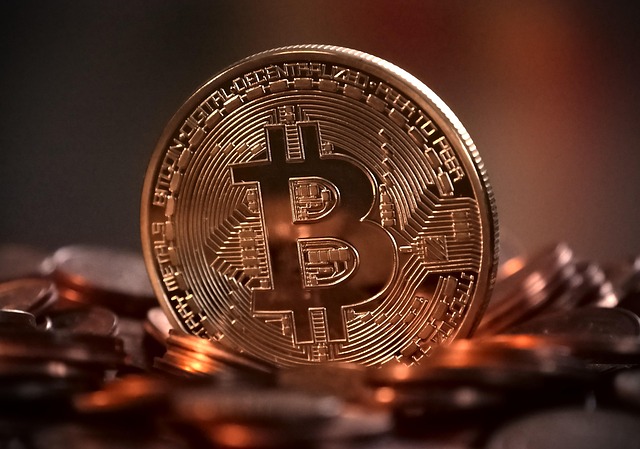Cutting Through the Noise: What Blockchain Really Is
Blockchain isn’t magic, and it’s not just some crypto buzzword echoing around tech forums. At its core, blockchain is a digital ledger—a secure way to store records that can’t be easily tampered with. Instead of keeping info in one central place (like a bank’s database), it’s spread across a network of computers. Everyone sees the same version, and no one can change it without the others knowing. That’s decentralization.
Every action on a blockchain—whether it’s sending money, signing a contract, or verifying ownership—is time-stamped and added to a chain of data blocks. Once it’s in, it’s there for good. No edits. No do-overs. That’s immutability, and it’s what gives blockchain its reputation for trust.
Transparency is the third piece. Anyone with access can see the full history of transactions. For businesses and users alike, that means less room for funny business and more accountability.
So no, it’s not just for trading Bitcoin. Blockchain is the foundation for a lot of what’s coming next: smart contracts, digital ID protection, supply chain visibility, and more. It’s reshaping how systems work—from behind the scenes.
Finance: Beyond Bitcoin
Blockchain is rapidly transforming the financial sector—not just through cryptocurrency, but by reshaping how money moves across the globe. From faster transactions to increased accessibility, the ripple effects of this technology are being felt across traditional and emerging markets.
Streamlined Transactions & Real-Time Settlements
Time-consuming, costly international bank transfers are being replaced by blockchain-based systems that move funds nearly instantaneously.
- Speed: Elimination of intermediaries reduces processing delays and fees.
- Transparency: All parties can verify transactions in real time.
- Security: Transactions are recorded on tamper-proof ledgers, increasing trust.
Cutting Out the Middlemen: What DeFi Really Means
Decentralized Finance (DeFi) replaces centralized institutions with smart contracts and code-driven protocols. It’s essentially the financial system running on blockchain—without traditional banks or brokers.
- Borrowing/Lending: Peer-to-peer lending platforms that are faster and more inclusive.
- Staking/Yield Farming: New ways to earn passive income by locking up crypto assets.
- Exchanges and Wallets: Users retain full control of their funds and data.
DeFi aims to make financial tools more accessible, programmable, and resilient to failure compared to conventional setups.
Banking the Unbanked
Blockchain is filling financial gaps in underserved regions—particularly in developing countries where accessing traditional banks can be difficult or impossible.
- Mobile-first financial access: All that’s needed is a smartphone.
- Cross-border remittances: Lower fees and faster delivery for migrant workers sending money home.
- Digital identity solutions: Verifiable credentials built on blockchain help establish trust without formal paperwork.
The bottom line: Blockchain is enabling financial inclusion by putting tools of economic empowerment directly into people’s hands.
Supply Chain: Radical Transparency
Blockchain is pulling back the curtain on how products get from point A to point B. With an unchangeable digital trail, we can now track goods from seed to store—literally. Whether it’s coffee beans grown in Colombia or sneakers assembled in Southeast Asia, blockchain lets brands and consumers verify the where, when, and how of what they buy.
In pharma, it’s saving lives. Counterfeit meds kill, and blockchain is helping ensure drugs are authentic and untampered with. In food safety, end-to-end traceability means we can trace an outbreak back to a single shipment in minutes, not days. And in fashion, provenance is everything. Forward-thinking brands are using blockchain to prove their materials are ethically sourced—goodbye fast fashion greenwashing.
What’s game-changing here is fraud prevention. No more forged certificates. No more guessing. This tech isn’t perfect yet, but it’s cutting through a lot of the noise and deception baked into global supply chains.
Healthcare: Security Meets Accessibility
The healthcare industry is drowning in data—and not the good kind. Records are fragmented across hospitals, labs, insurers, and clinics. That creates delays, room for error, and a frustrating lack of control for patients. Blockchain offers a lean fix: tamper-proof, time-stamped medical records stored across a decentralized network. Once information hits the chain, it can’t be altered without a trace. That keeps histories accurate, even across years and providers.
But security is only part of the story. Blockchain makes patient data portable. Imagine walking into a new doctor’s office where they already have everything they need—lab history, imaging, allergies—because you gave them permission through a secure encrypted key. No faxing, no waiting, no repeated forms. That kind of interoperability could eliminate hours of wasted admin work and boost outcomes through faster, more personalized care.
At its core, blockchain rebalances trust. Instead of asking patients to blindly trust every link in a healthcare chain, it gives them the power to see and control their records. That shift—from gatekeeper systems to patient-led access—could redefine how people engage with their own health data.
Real Estate and Legal: No Middlemen, No Mess
Real estate has always been slow, layered, and packed with friction. Now blockchain is stripping out a lot of that bulk—starting with smart contracts. These self-executing agreements run on code, not paper. They can transfer ownership, release funds, and update public records—all without needing a title company or escrow agent to push paper across a desk.
The speed difference is real. What traditionally took weeks—signatures, verifications, third-party approvals—can now happen in days, sometimes hours. And with fewer layers of people in the process, there’s less chance for costly errors or fraud to seep in.
But it’s not just about speed. It’s about trust. Blockchain’s transparency means that once something is verified and recorded, it doesn’t disappear or distort. That’s a big deal in legal disputes or fraud prevention. Fewer forged docs. Less red tape. More deals getting done—with fewer hands in the pot.
Cybersecurity and Identity Management
In a digital age where identity theft, data breaches, and cyberattacks make regular headlines, blockchain is emerging as a powerful defense mechanism. Its ability to create secure, verifiable digital identities is changing how individuals and organizations approach online security.
Securing Digital Identities
Traditional systems store user identity data in centralized databases—making them prime targets for hacks. Blockchain flips the model:
- Decentralized identity storage limits access points, making personal data harder to steal.
- Self-sovereign identities (SSIs) allow individuals to control their own credentials, deciding who has access and when.
- Immutable records ensure that identity verification data cannot be falsified or tampered with.
Reducing Fraud and Misinformation
Blockchain’s structure minimizes the risk of synthetic identities and data manipulation:
- Digital identities linked to blockchain are verifiable and time-stamped.
- Identity-related fraud—like deepfakes and forged documents—becomes significantly harder to execute.
- Organizations can trust verified credentials without relying on third-party verification.
Enhancing Interoperability and Privacy
As more systems adopt blockchain for identity management, users increasingly benefit from:
- Single sign-on experiences across platforms without sharing raw personal data.
- Private key authentication, eliminating the need for password-based logins.
- Improved compliance with privacy regulations like GDPR through user-controlled data sharing.
Read more: Blockchain Security – Keeping Your Transactions Safe
Challenges Still in Play
For all its potential, blockchain still faces serious hurdles holding it back from mass adoption.
First up: scalability vs. decentralization. The more decentralized a blockchain is, the harder it becomes to scale quickly. Bitcoin and Ethereum have both felt this pain—slow transaction speeds, network congestion, sky-high fees during busy periods. Some solutions, like layer 2 protocols or sidechains, are helping, but there’s no silver bullet yet. Trade-offs remain.
Then there’s regulation, or more accurately, the lack of clear rules. Countries are moving in different directions—some leaning in, others cracking down. This patchwork of laws leaves companies operating in limbo, unsure of what’s legal, especially when it comes to things like Initial Coin Offerings (ICOs), decentralized finance (DeFi), and NFTs. Until there’s more clarity, risk-averse businesses will stay on the sidelines.
And finally, that big energy elephant in the room. Mining-based blockchains consume a serious amount of power. This has drawn heavy criticism, especially as climate concerns continue to rise. But there’s progress: Ethereum’s shift to proof-of-stake slashed its energy use by over 99%, and newer blockchains are baking in green protocols from the start. Still, sustainability remains a PR and engineering challenge that blockchain can’t brush off.
These issues don’t kill blockchain’s promise—but they do demand serious thought and innovation moving forward.
The Road Ahead
Until recently, most blockchains lived in silos—fast, secure, but walled off from one another. That’s changing. Interoperability is taking center stage, with protocols like Polkadot, Cosmos, and LayerZero working to connect disparate chains. The result? A more fluid, efficient ecosystem where assets, data, and smart contracts can move freely between networks. This isn’t just a technical upgrade—it’s the missing link to actual mass adoption.
At the same time, governments and large institutions are finally stepping out of the shadows. Central banks are testing digital currencies. Legal frameworks are popping up fast in places like the EU, Singapore, and early movers across Africa. For years, blockchain sat on the fringe. Not anymore. Now it’s walking straight into the boardroom and the policy room.
So where does that leave us? In the middle of the shift. Blockchain isn’t just a buzzword or an ambitious prototype anymore. It’s already started disrupting. At this point, the question isn’t if—it’s how fast the rest of the world decides to catch up.

 Head of Research & Blockchain Insights
Head of Research & Blockchain Insights
